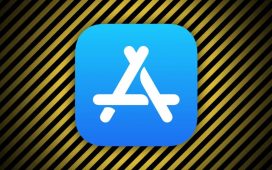The original Switch is Nintendo’s most successful console, ever. After eight years of service and an incredible lineup of games, it’s doubtful that its successor could ever live up to the hype.
The good news is that the Switch 2 looks good, especially if you’re a fan of Nintendo’s original hybrid console. But there are still a few things about the recent announcement that felt like a letdown.
1
The Battery Life
Arguably the most disappointing thing we learned about the Switch 2 hardware concerns the battery life. Nintendo’s Switch 2 technical specifications page states that the console has a 5220mAh lithium-ion battery that takes around three hours to full charge.
The bad news is that Nintendo’s own numbers estimate a play time of “approx. 2 – 6.5 hours” which are stated as “rough estimates.” The more demanding the game, the closer to that two-hour mark you’re going to get. This makes the Switch 2 worse than the original launch model Switch in terms of battery life.
Nintendo’s debut 2017 model was estimated to have a battery life of two and a half hours minimum. The company later revised the hardware, taking advantage of more efficient fabrication processes to increase this to four and a half hours on the low end. The Nintendo Switch OLED model quotes the same numbers.
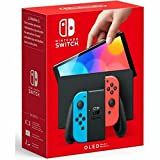
Nintendo Switch OLED
$324 $350 Save
$26
The premium Nintendo Switch experience features a brighter and more colorful OLED display that offers better contrast, twice the internal storage, better speakers, and a dock with a built-in Ethernet port.
It’s likely that playing The Legend of Zelda: Tears of the Kingdom and other demanding 3D titles on the Switch 2 will yield less play time than playing it on the Switch 2. A new brighter HDR-capable display and thirstier hardware are likely the main culprits. Nintendo’s decision to stick to the same chassis thickness as the original console could also prove to be a misstep since a larger Switch 2 could have resulted in a larger battery.
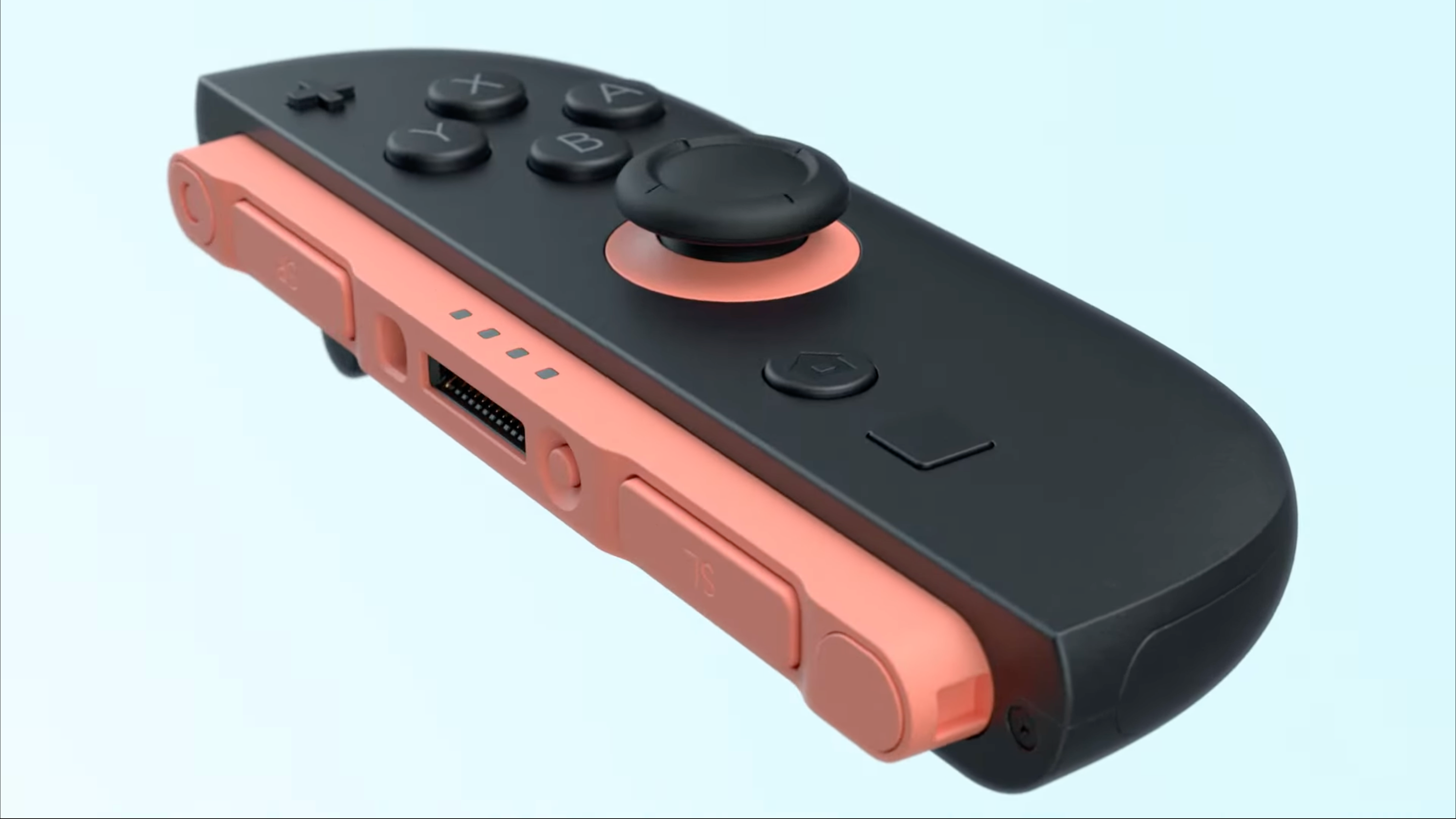
Related
I’m Worried Nintendo Is Repeating a Big Mistake With the Switch 2
The one big change Nintendo should have made.
This isn’t what a lot of Switch owners were hoping to hear. Though many handhelds share similarly disappointing battery life, at least on something like a Steam Deck or a ROG Ally you have the option of reducing graphical fidelity and capping the frame rate to sacrifice performance for playtime.
2
A Paid Switch 2 Tutorial Game
The Steam Deck has Aperture Desk Job, a free Portal-themed walkthrough of Steam Deck features that takes about 30 minutes to complete. Every PS5 comes with Astro’s Playroom preinstalled, a cute 3D platformer that serves as both an introduction to the DualSense controller and an homage to Sony’s PlayStation history.
The Switch 2 has Nintendo Switch 2 Welcome Tour which Nintendo describes as a series of “tech demos, minigames and other interactions” that introduces the system to newcomers. The catch is that Nintendo plans to charge for it, with only the Japanese price of ¥990 (about $6.78) announced so far.
This is perhaps the silliest example of Switch 2 pricing that has rubbed people up the wrong way. Given the furor over Switch 2 pricing, Nintendo might want to reconsider this. Would anyone be talking about Nintendo Switch 2 Welcome Tour if it was a free game? Probably not. But that’s not necessarily a bad thing, either.
3
Nintendo Charging for Game Upgrades
I had been quietly hoping for next-generation upgrades to some of the best Switch titles, and the announcement of Switch 2 versions of Breath of the Wild and Tears of the Kingdom brought a big smile to my face. Unfortunately, that smile was downgraded to a half-hearted grin when I realized I’d have to pay for the privilege.
Call me naive, but I’d really hoped that Nintendo would follow Microsoft’s example rather than Sony’s with next-generation upgrades. Microsoft’s “Smart Delivery” program has meant that games under the first-party umbrella including DOOM Eternal, Halo: The Master Chief Collection, and Forza Horizon 4 all received some sort of Series X|S enhancements free of charge.
Sony has leaned more on the paid upgrade route for games like Death Stranding and Ghost of Tsushima which both received “Director’s Cut” editions that, despite adding more content, were necessary purchases to unlock the power of a console you’d already purchased. Many third-party titles have offered free upgrades, with games like No Man’s Sky receiving seemingly endless content and optimizations.
In addition to open-world Zelda titles, Mario Party Jamboree, Kirby and the Forgotten Land, and upcoming titles Metroid Prime 4: Beyond and Pokémon Legends ZA will all have dedicated Switch 2-enhanced editions. Nintendo’s Japanese website has revealed that the upgrades will cost between ¥1,000 and ¥2,000 (around $6.85 and $13.69).
Alternatively, you can subscribe to the Nintendo Switch Online Expansion Pack and get access to these upgrades for free, but that’ll run you $49.99 per year. Some games will be receiving free upgrades, but these appear to be focused on “playability” and add support for features like GameShare.
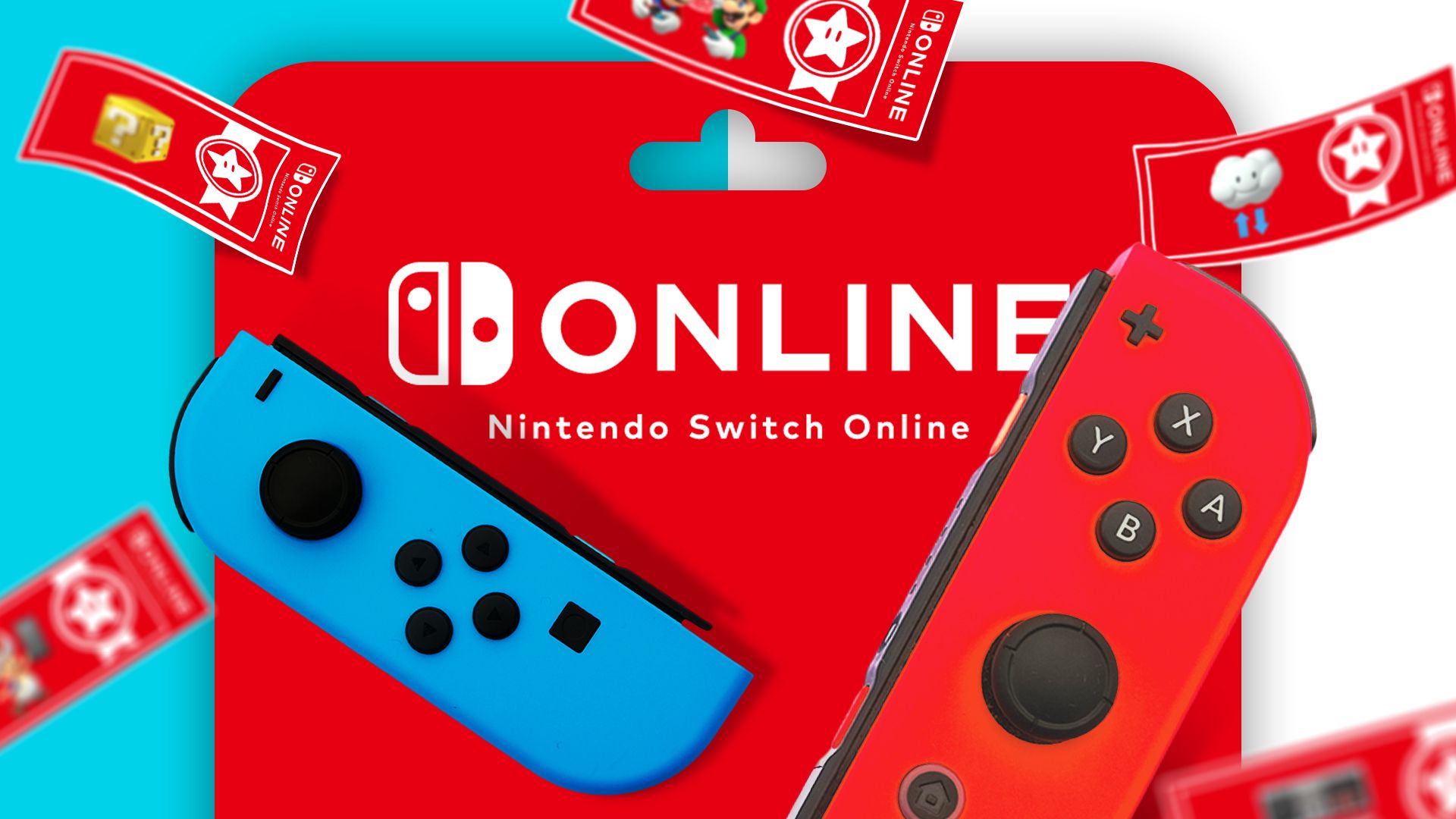
Related
What’s Included With a Nintendo Switch Online Subscription?
Mulling over a Nintendo Switch Online subscription? Here’s what you get.
4
$80 Games
Perhaps the biggest sore spot regarding price followed news that a physical copy of Mario Kart World will run you $80, which is an increase of $10 on the PlayStation 5’s price hike of $70. Last generation, a new game would cost $60. While Nintendo games are notoriously expensive, even on the used market, $80 seems like a tough pill to swallow.
Other physical releases that will cost $80 include Switch 2 editions of Tears of the Kingdom, Super Mario Party Jamboree and Kirby and the Forgotten Land. Bizarrely, the upcoming Donkey Kong Bananza will retail for $70 if you want a cartridge.
Digital copies will cost less, and they may prove to be a more attractive choice thanks to Nintendo’s Virtual Game Card system allowing you to securely share them.
5
No OLED Display
After the release of the Nintendo Switch OLED model, it was unthinkable to many that Nintendo would go back to inferior LCD technology. OLED displays have benefits like superior contrast, near-instant pixel response, and excellent viewing angles.
While the news of an LCD display in the Switch 2 is disappointing, it’s important not to lose track of the advantages that the new panel will bring. The 7.9-inch display has a resolution of 1920×1080, which gives it a higher resolution and pixel density than any of Nintendo’s previous consoles.
HDR support means that it’ll get a lot brighter, which will help to offset some of the contrast discrepancies. Your eyes are far less likely to notice that the blacks aren’t quite as deep as they would be on an OLED panel in brightly lit scenes. On top of this, the Switch 2’s display is capable of 120Hz, with variable refresh rate support.
That means you’ll be able to appreciate frame rates of up to 120 frames per second even in portable mode. It also means that the refresh rate can be synced to the frame rate, which eliminates unsightly screen tearing and can help make frame rate drops less noticeable.
Despite this, I can’t help but think of the revised Steam Deck with its HDR-capable OLED display and 90Hz refresh rate. Nintendo is pushing more pixels for sure, but that theoretically infinite contrast really pops in dark games like Deep Rock Galactic Survivors and Dead Cells.
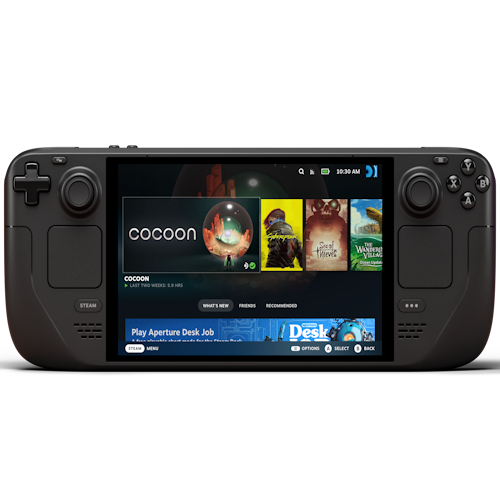
Steam Deck OLED
Elevate your gaming experience with the Steam Deck OLED. Immerse yourself in stunning visuals on the vibrant OLED display, while enjoying powerful performance and portability.
6
No New 3D Mario Announcement
In October it will have been eight years since Super Mario Odyssey was released, a game that both managed to refine the open-level Super Mario 64 formula and incorporate 2D Mario elements into one masterful package. I’ve been thinking about Odyssey ever since, deluding myself that the Switch’s success would surely result in Nintendo pushing out an Odyssey 2 sharpish.
With news of the Switch 2 teaser coming to a head in 2024, it was obvious that no new 3D Mario game would be arriving on the original platform. I took this as a surefire sign that a new 3D Mario game would appear in the detailed Switch 2 reveal as a surefire system seller.
Hopes for a 3D Mario launch title waned after Nintendo led with what eventually turned out to be Mario Kart World, but I thought the game would show up just as Odyssey did in the 2017 Switch showcase. Alas, everyone’s favorite Italian plumber is nowhere to be seen.
The one saving grace is Donkey Kong Bananza, a seemingly free-form 3D platformer that looks like it could have been crafted by the same internal Nintendo team responsible for Mario’s last 3D outing. Perhaps Nintendo is keeping Mario under wraps for a few months in order to not take the shine off Bananza?
This would make sense. A big part of Nintendo’s success with the original Switch was a slow but consistent stream of new games to maintain interest in the system. I’m just crossing my fingers and toes that Nintendo doesn’t dilute the appeal of the Switch 2 with too many cross-generation releases as was the case with the Xbox Series and PlayStation 5 generation.
You might be surprised that the price of the console, at $449, isn’t on this list. Despite being a sizable increase over the $299 launch price of the original Switch (even when accounting for inflation), the Switch 2 is still cheaper than most other consoles.
It’s $50 more than a budget model LCD model Steam Deck with a nicer display and dock in the box. It’s $50 less than a PS5 Slim or Xbox Series X with a disc drive. While $399 would have been nice, $449 (or $499 with a copy of Mario Kart World) doesn’t feel like too much of a stretch.
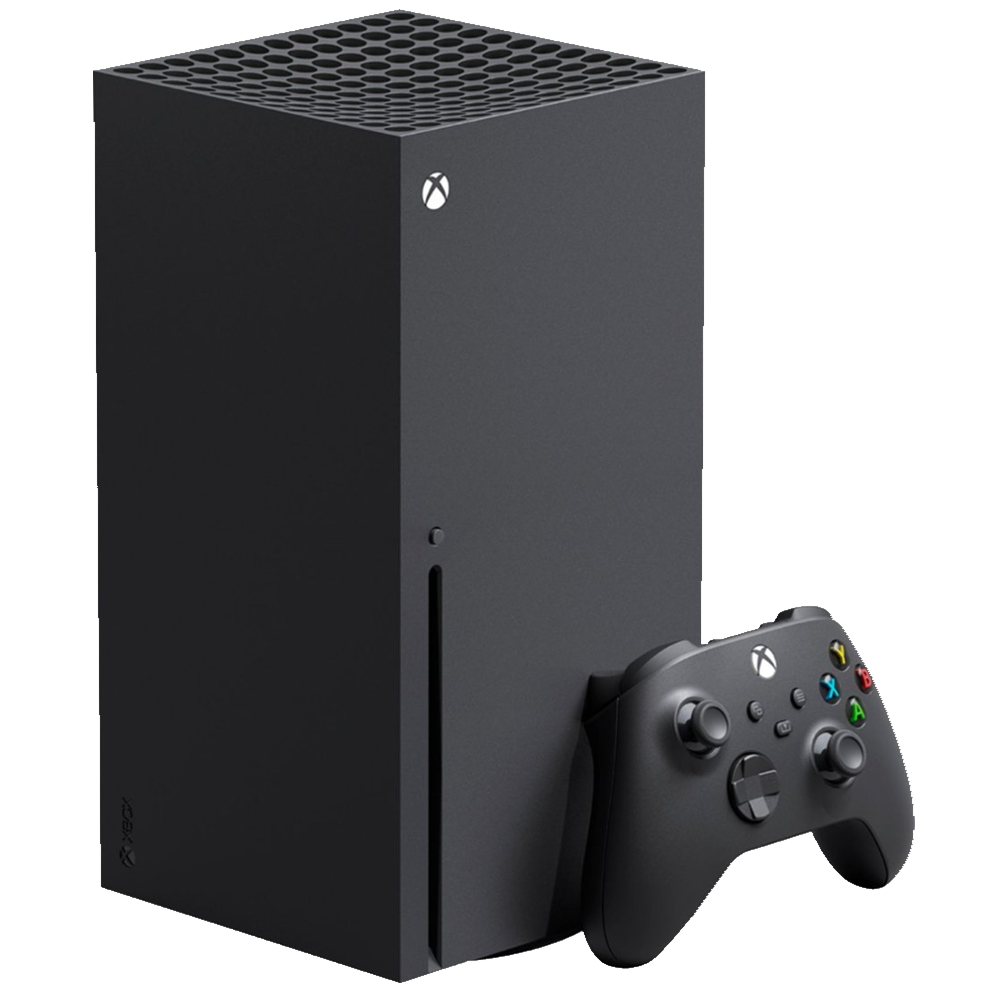
Xbox Series X
The Series X is the most powerful current-generation console and offers access to Microsoft Game Pass for a large library of subscription games out of the box. It also doubles as a UHD Blu-Ray player!
Just catching up on the Nintendo news? Check out everything we know about the Switch 2.












